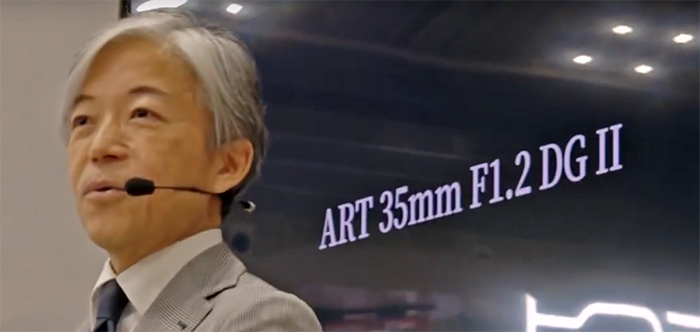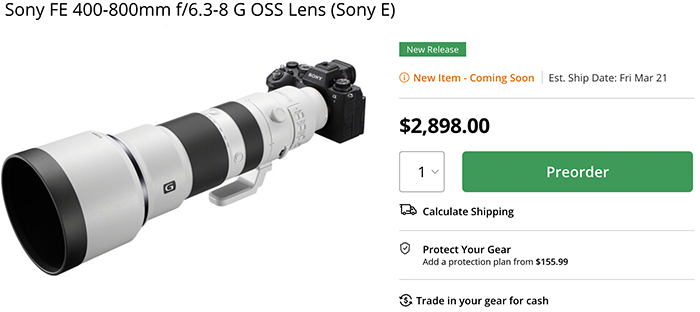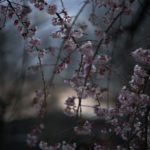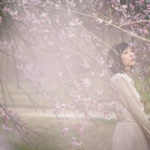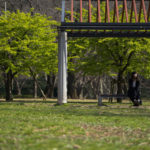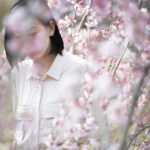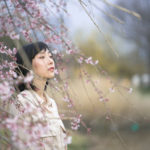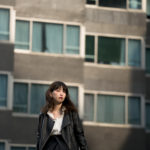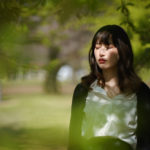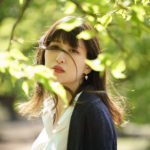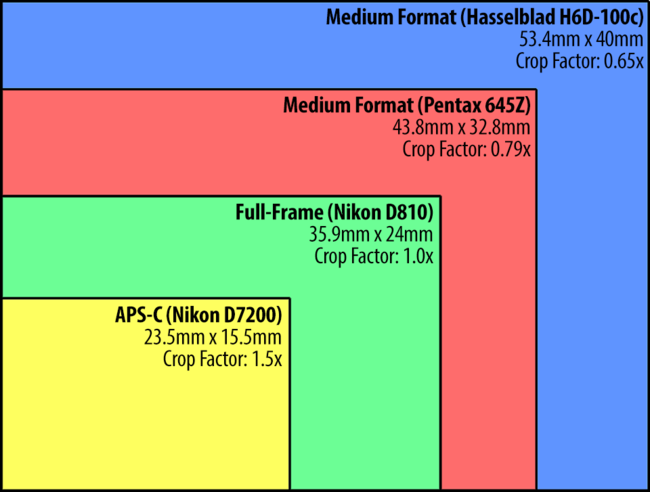Beautiful set of images shot by Akiomi Kuroda with the new Zeiss Batis 135mm
Japanese photographer Akiomi Kuroda contacted me to share these images he shot on the new Zeiss Batis 135mm. All images are used with permission on SAR and please visit his social network to see more pics:
Facebook https://www.facebook.com/artratio.net/
Instagram https://www.instagram.com/artratio/?
Web http://artratio.net/
Awards History http://artratio.net/awards/
His Japanese review of the lens can be read at xico.media/review/carl-zeiss-batis-135mm/
New Batis Preorders:
Zeiss Batis 135mm f/2.8 lens at Adorama, Bhphoto, PhotoPorstNeuwied and ParkCameras.
Zeiss Batis 135mm lens shade at Adorama and Bhphoto.
UPDATE: This is the translation of Akiomis review conclusions (Thanks Frank and Lee for that):
good points
– Resolution bordering on the insane
– No major loss of luminosity on the borders at full open.
– No gap in the rendering from close up to far away objects.
– Contrast which is so good it seems to be able to photography the airPoints of concern
– The 2.8 is the highest in the Batis catalogue, a source of worry. But in real use no worries at all ( smile )
– Release date ?
– Bokeh shape is not to everyone taste.
